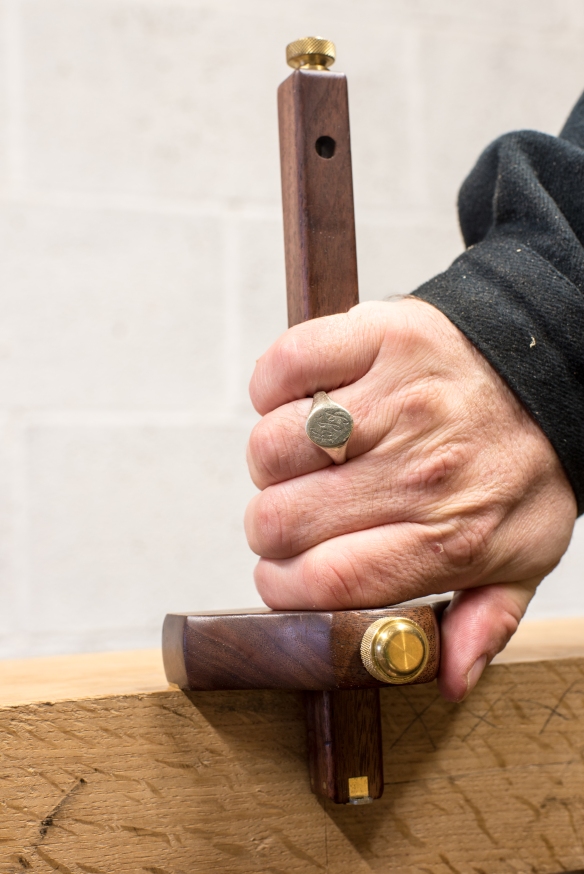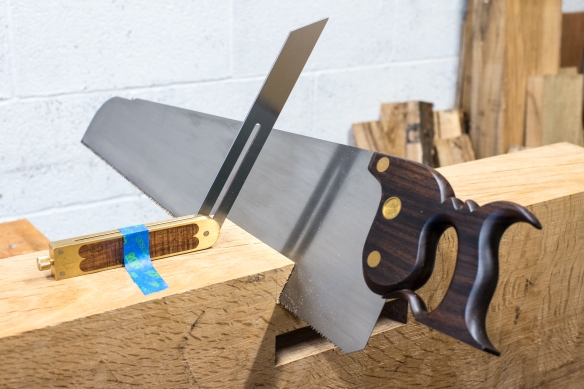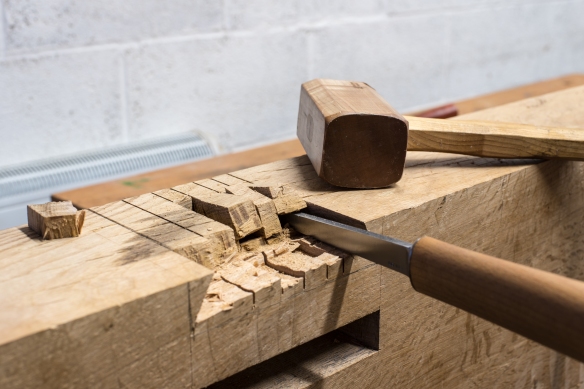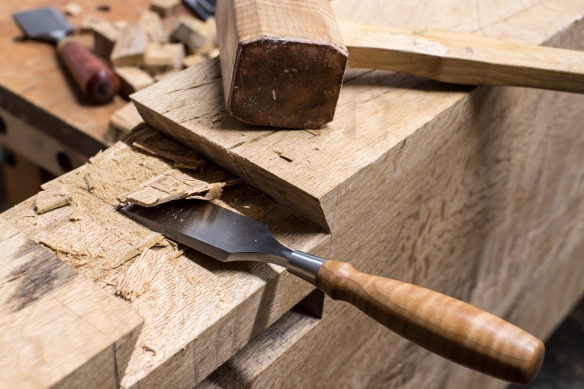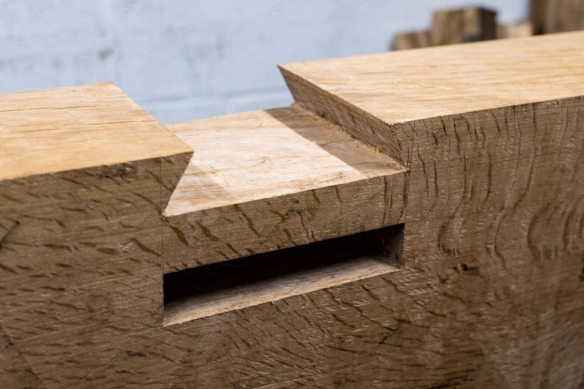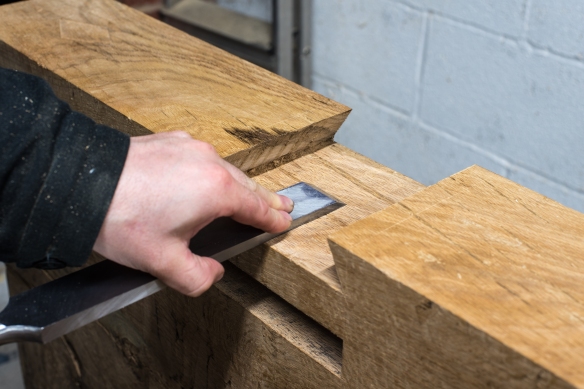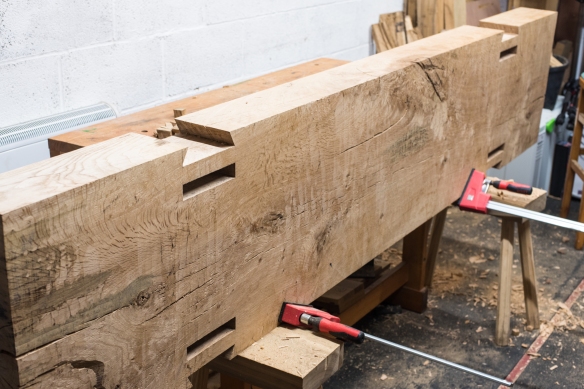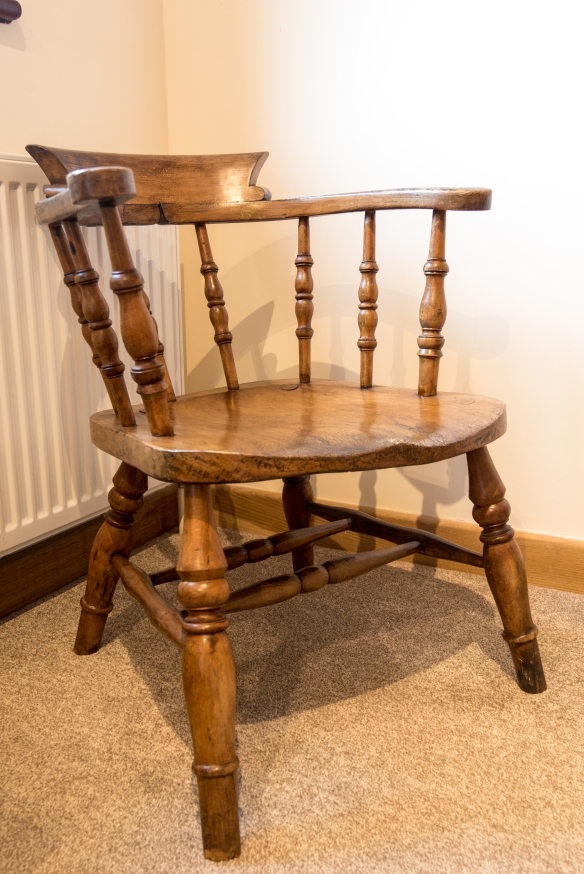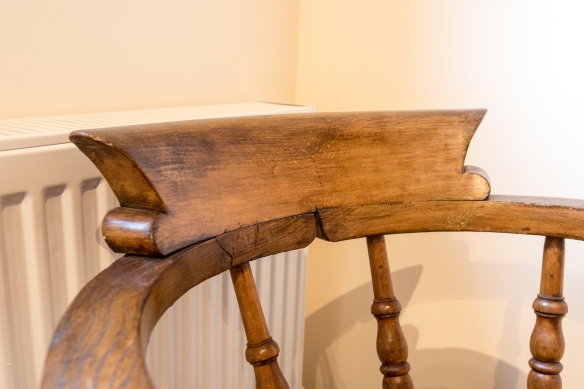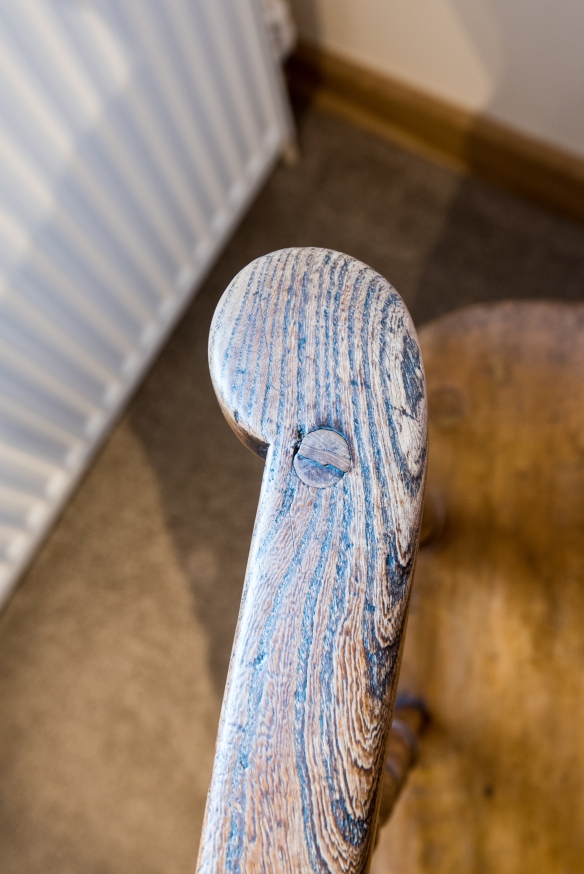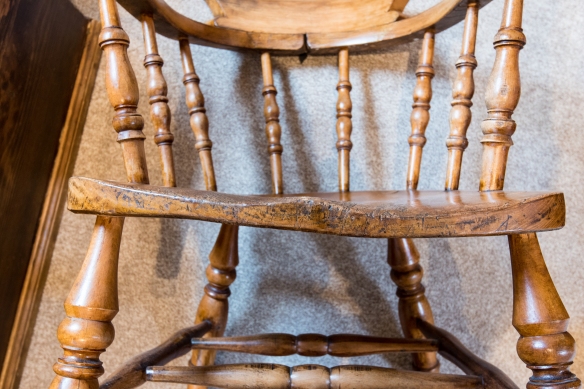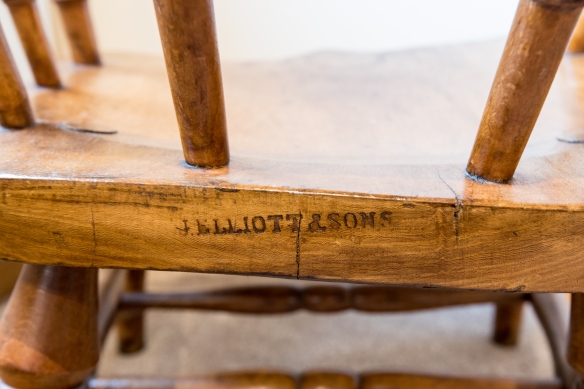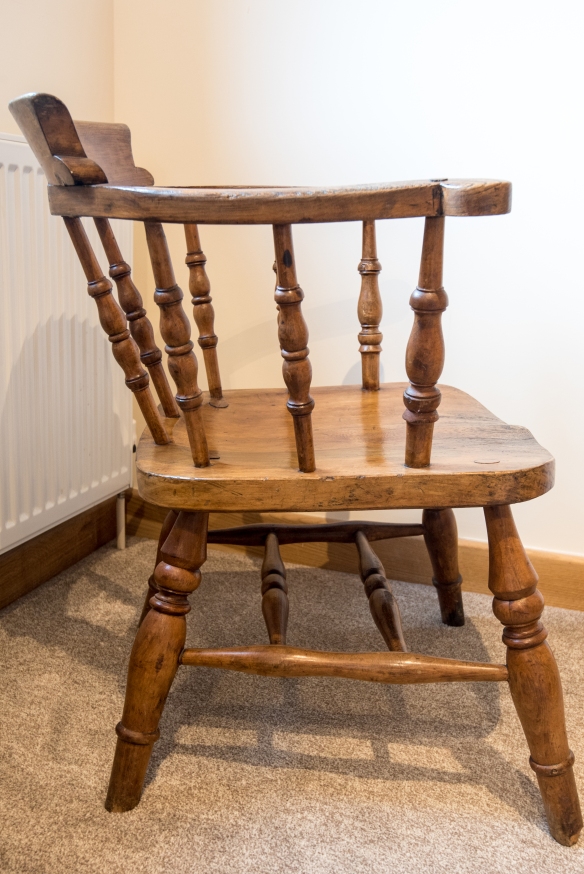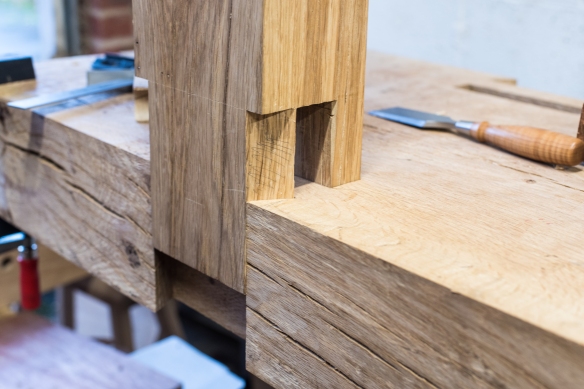
I find that most projects have a reassuringly familiar tempo. Stock preparation and the early stages are quiet leisurely, the pace quickens a little as you get into the interesting joinery and decorative elements, and then at a point just before the main glue-up everything starts to speed up. For the Roubo build (which started in February) this has held true, save for a two month break over the summer when I was working on my stick chair for the Mortise & Tenon article. The increase in pace just before assembly has definitely been felt on this project – due to the sheer weight of the slab I’ve needed to draft in a team of helpers when it comes to assembling the bench, and given how busy everyone gets at this time of year we had to schedule the glue-up date a ways in advance. We’ll be assembling the bench tonight (Roubo is nearly here!), and as a consequence every available moment over the past few weeks has been spent getting ready for this deadline. As is often the case, you think there is not too much left to do on a project and then you remember all of the small tasks necessary before assembling it for the final time. And so my evenings have been very full (and often late finishing).
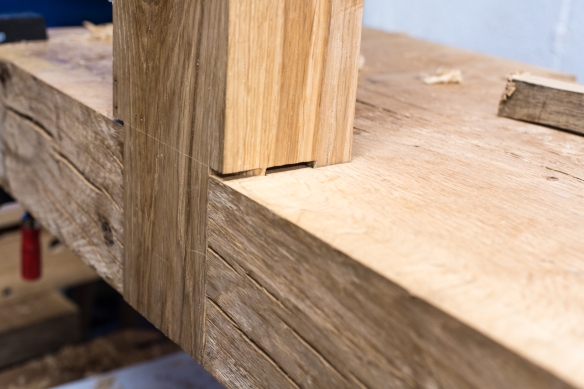
The biggest single task has been to tune the fit of the legs in their respective sockets. If you have not yet watched the Lost Art Press video on building a Roubo bench, I highly recommend it. That video, and Chris’ book on workbenches, have been invaluable resources for this build. There is a moment in the video when Will Myers tests the fit of one of the legs, and it casually slides 3/4 of the way into the socket, coming to a final rest with only a few taps of the mallet. Well precisely none of my legs fitted like that, which I was expecting (still, it would have been nice). So I’ve been tuning the fit, making sure each leg moves nicely into position but is also good and snug. I think this work has partly resulted because I approached cutting the mortises as I would cutting furniture joinery – cutting against the line rather than on it, and aiming for a super snug fit. And actually, I suspect that a Roubo work bench needs a little slack in the joinery to allow it to all go together. Not cavernous gaps, but slightly more slack than you would aim for in fine furniture. Or maybe I’m just trying to make myself feel better.
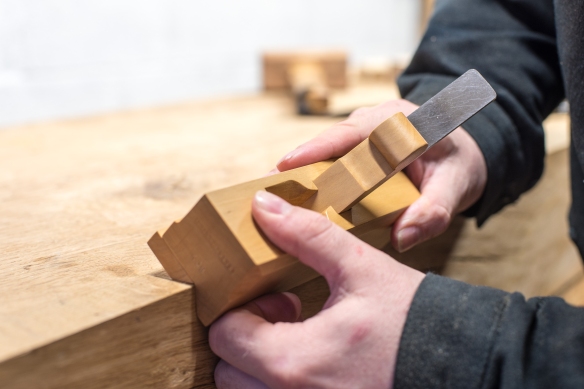
In any event, some tuning has been necessary. This is a case of dropping the leg into the mortise, looking for the burnished areas on either component which indicate a too-tight fit, and gently easing those out. On the leg, I’ve found that refining the external surfaces with a smoothing plane provideds a very controlled method of fine adjustment, while the internal surfaces of the tenons need help from a paring chisel, as do any high spots in the mortises. Here’s one of the odd things about writing about woodwork – you can summarise a process in two sentences which might actually take hours of painstaking work. Easing the fit of the legs while trying to avoid introducing horrid gaps in the joinery meant that this was fine and pernickety work, taking on average two hours per leg. But it was time well spent, and the end result is legs which drop about 3″ into the socket under hand pressure, and which then drive home to 1/4″ shy of fully seated with persuasion from a 1lb lump hammer. I have resisted the urge to fully seat the legs for fear of extracting them – the legs are pretty dry and this stage, while the slab will take decades to dry out. Moisture transfer from the slab to the leg will help to lock it place, which is good at final assembly but far from optimal at this stage.
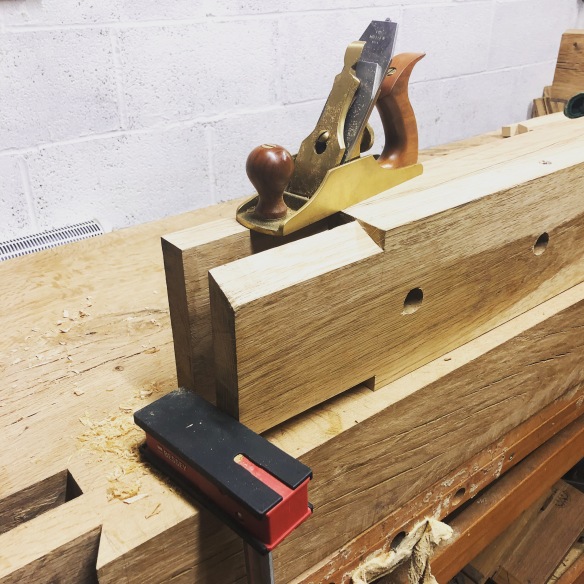
Building a workbench is an exercise in creative workholding, particularly when tuning the fit of the legs because the slab is on top of my Sjoberg bench. To facilitate easy working while tuning the fit of the legs, I clamped a Bessey K clamp to the slab, and used the clamp head as a makeshift planing stop, which worked quite well.
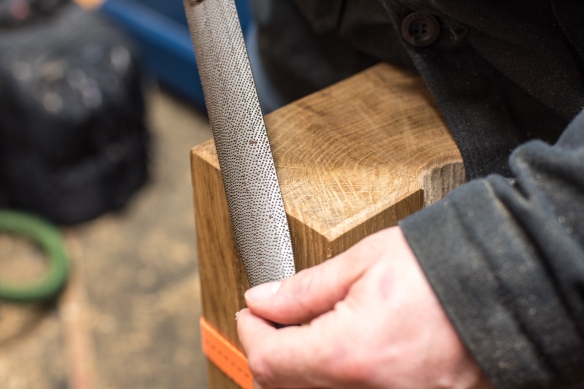
Other work included checking the fit of the stretcher tenons, and tuning these where necessary so that the stretchers drop into their mortises under hand pressure only (the joinery for the stretchers was cut in March, and we have had a lot of humidity changes since then). I’ve also chamfered the corner of the underside of the slab top, and the corners of the legs and stretchers, all with my new Philly Planes chamfer plane (a luxury item for sure, but one which makes cutting consistent chamfers a breeze, and Phil’s customary crisp workmanship means that the plane is as lovely to use as it is to look at). This was only a light chamfer, but will protect the delicate edges in use. The feet were also chamfered, this time with a 9 grain rasp, to avoid spelching the grain when moving the workbench.
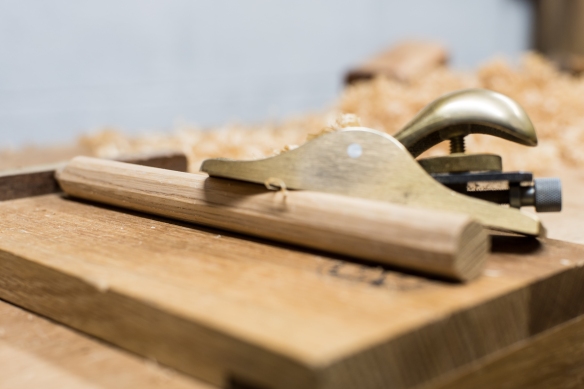
Boring the draw bore holes and shaping pegs was the final task. I used straight grained, riven oak stock, to ensure that the pegs are strong with grain that runs consistently from tip to tip. The pegs are shaped slightly oversided using a block plane, and then cut using a Lie-Nielsen dowel plate to tghe final 5/8″ diameter. When planing the rough pegs, I find that a bench hook provides a good way of holding the workpiece.
Today I will be doing final prep for assembly, and keeping every available digit crossed that we have a smooth glue-up – this is not one where taking everything apart to ease the fit is really possible! But I am looking forward to it, and to hitting a major milestone on the bench build.

